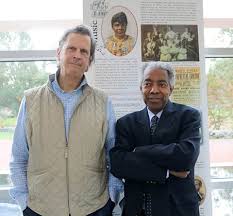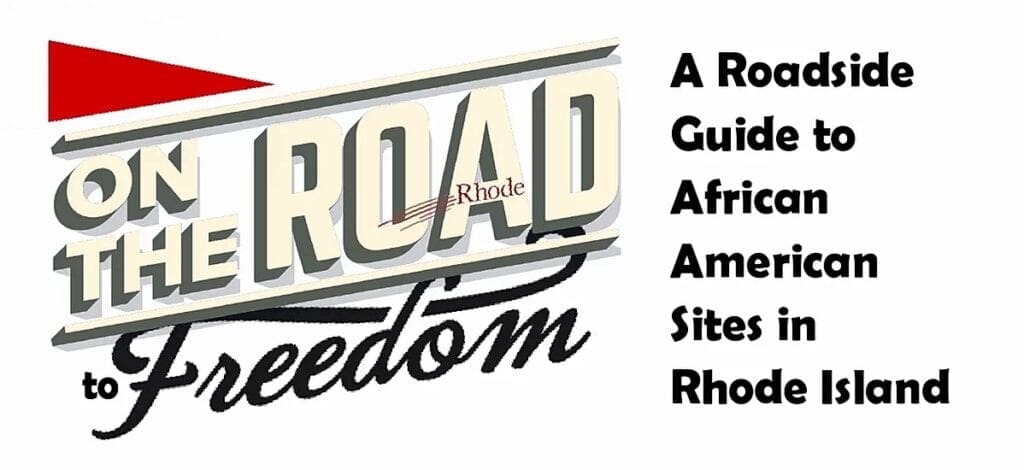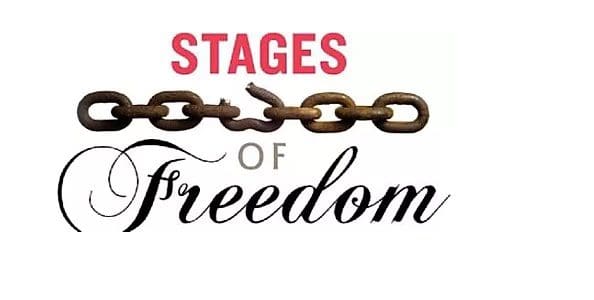Search Posts
Recent Posts
- RI Veterans: Did you know? 25.04.24 (100th for Louis Dolce, events, resources) – John A. Cianci April 25, 2024
- Business Beat: Bad Mouth Bikes takes home 3 national awards April 25, 2024
- Rhode Island Weather for April 25, 2024 – John Donnelly April 25, 2024
- We Cook! Mill’s Tavern’s Cajun North Atlantic Swordfish, Mango Salsa, Cilantro Citrus Aioli April 25, 2024
- The Light Foundation & RI DEM’s 4th Annual Mentored Youth Turkey Hunt a success April 25, 2024
Categories
Subscribe!
Thanks for subscribing! Please check your email for further instructions.

On the Road to Freedom – Black History Matters
(Editor’s Note: Black History Matters is the second of several articles from different perspectives on Black history planned by RINewsToday – we thank Robb Dimmick and Ray Rickman for allowing this publication.)
Some time back we came upon this exciting Roadside Guide. There isn’t a more appropriate time to print this for all Rhode Islanders and those interested in RI history and the black experience to benefit from. Whether you take it on as a multi-weekend excursion – which might be altogether too much to do – or one city or region at a time, the guide is being continually updated.
In this time of social distancing, it’s the perfect tourism activity to do with a combination of neighborhood walks, driving, and reading. The most educated historian will find things they did not know. The novice will be left rushing home to the computer to learn even more.
History matters. Black History Matters. This is the time to learn it. And Rhode Island is the perfect place to begin the lessons.
Exciting Website Identifies Hundreds of Rhode Island African American Sites
“On the Rhode to Freedom: A Roadside Guide to African American Sites in Rhode Island” is the outcome of three year’s worth of research by public scholar Robb Dimmick, under grants from the Rhode Island Council for the Humanities, the Herman H. Rose Civic, Cultural and Media Access Fund, and the Providence Warwick Convention and Visitors Bureau.
The guide assembles an extraordinary history of African Americans’ contributions to the landscape of the state. With over 400 entries, the guide evidences the surprising number of buildings, sites, and markers that hold significant facts of Black life in Rhode Island, a state whose geographic smallness belies its enormous accomplishments.
The guide can be accessed at: https://www.stagesoffreedom.org/on-the-rhode-to-freedom
Sites date as far back as the 18th century with Aaron Briggs, the enslaved youth who assisted with the burning of the Gaspee, to more recent sites such as the newly named Bannister Street on College Hill.
Some entries describe a city name and how the name is related to a Black leader or event. Others direct you to statues, or specific addresses. For instance, in Central Falls you’ll learn this:
CENTRAL FALLS: The Elizabeth Buffum Chase Home was established at Hunt & Broad Streets. A leading abolitionist, Chace, called the “conscience of Rhode Island,” moved to this home in 1858 and welcomed Black leaders Frederick Douglass, William Wells Brown, Sojourner Truth, and others, using it as as a stop on the Underground Railroad. (See sculpture of her in the Rhode Island State House.)
And, you’ll work your way down to more commonly popular locations…
NEWPORT: Bowen’s Wharf: America’s Cup Avenue at Treadway Inn. The most active slave port on the East Coast during Newport’s “Golden Age,” 1700-1750. The first slave ship arrived here in 1696 to sell sell four Africans.
“Stroll the highways and byways of Rhode Island and be astonished by the extraordinarily rich, compelling and groundbreaking contributions African Americans have made to the state’s landscape and cultural heritage. On foot or by car, or in the comfort or your own home, this guide will assist you in locating and exploring exciting sites, events and people. From slavery to abolition, reconstruction to the gilded age, from civil rights to present day, this is a story unlike any other in the country.” – Robb Dimmick


